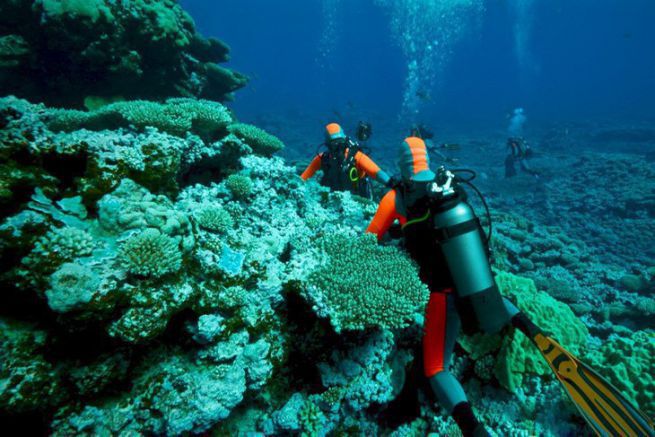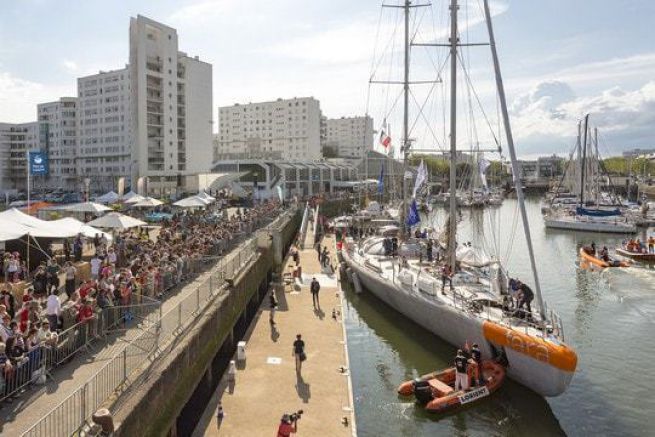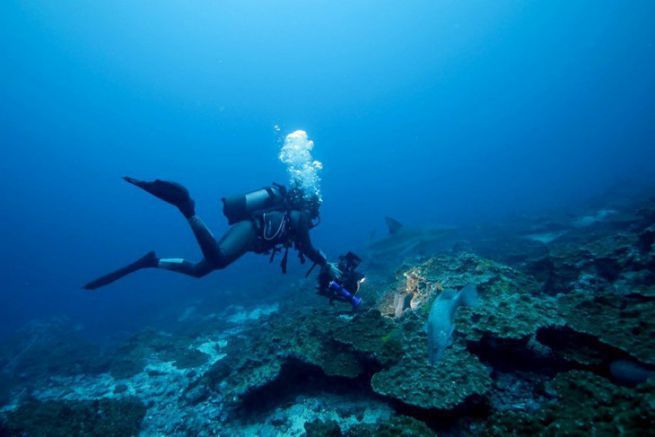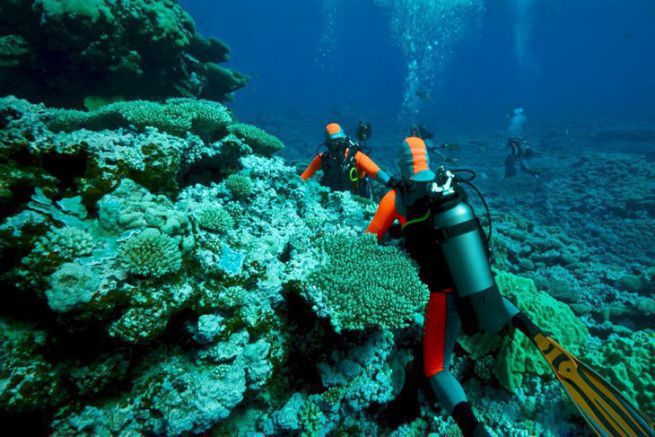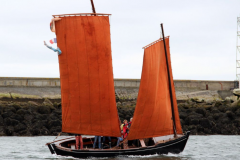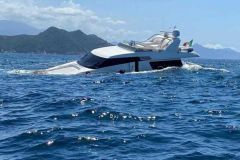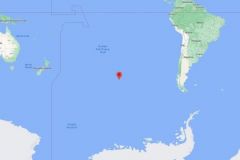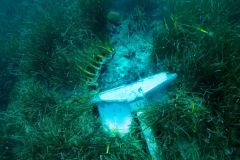Corals are regularly subjected to natural threats, from diseases such as the "white band disease", which hit Caribbean reefs very hard in the 1980s, to predators whose numbers are increasing very rapidly. Acanthaster planci, for example, a coral-eating starfish, tends to swarm in some years, wreaking havoc on coral reefs. These natural disturbances, however, do not explain the dramatic collapse of coral populations.
Since the beginning of the industrial era, about 20% of the reefs have disappeared for good. And the phenomenon does not seem to be slowing down: 25% would be in great danger in the short term, and a further 25% are likely to be threatened before 2050. A phenomenon due mainly to human activity.

As corals are close to the coastline, and thus to human activities, they are indeed suffering the full force of population growth and the harmful consequences that go with it: pollution, destructive fishing methods, degradation due to mass tourism, sediment discharges, etc.
Coral is increasingly sensitive to these disturbances, particularly climate change. The significant rise in surface water temperatures causes stress to the coral, which then expels its zooxanthellae, the symbiotic algae of corals. With the algae, the polyp loses all its pigments and lets its calcareous skeleton show through: this is called coral "bleaching". If conditions do not return to normal, then the entire reef is threatened with death.
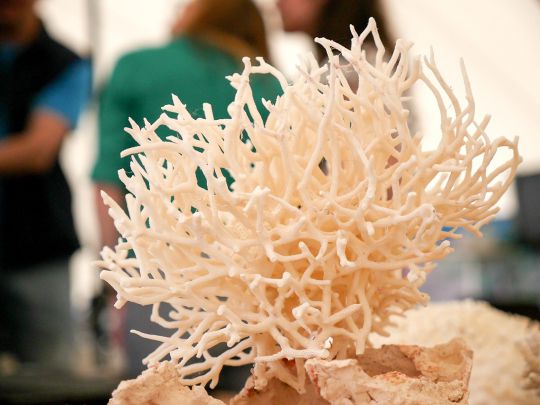
Another man-made threat is ocean acidification. The massive release of CO2 into the atmosphere has had the effect of increasing the acidity of the water, disrupting the calcification process (the creation of the external skeleton of the polyps).
To find out more about the state of coral reef health, particularly in the Pacific, France O will broadcast a 52-minute documentary called "..." on 7 June 2017 Tara the Coral Odyssey " made during the first half of the schooner Tara's expedition, "Tara Pacific 2016-2018." The objective is to study the coral of the largest ocean in the world to unravel the mystery of this still unknown animal, whose life is greatly threatened.

Some key figures
Coral
20% of the coral already destroyed
15% badly damaged, destroyed within 10 years
20% threatened with extinction within 40 years
45% in good health
26 research laboratories involved
70 on-board scientists
40,000 samples collected
40 archipelagos studied
